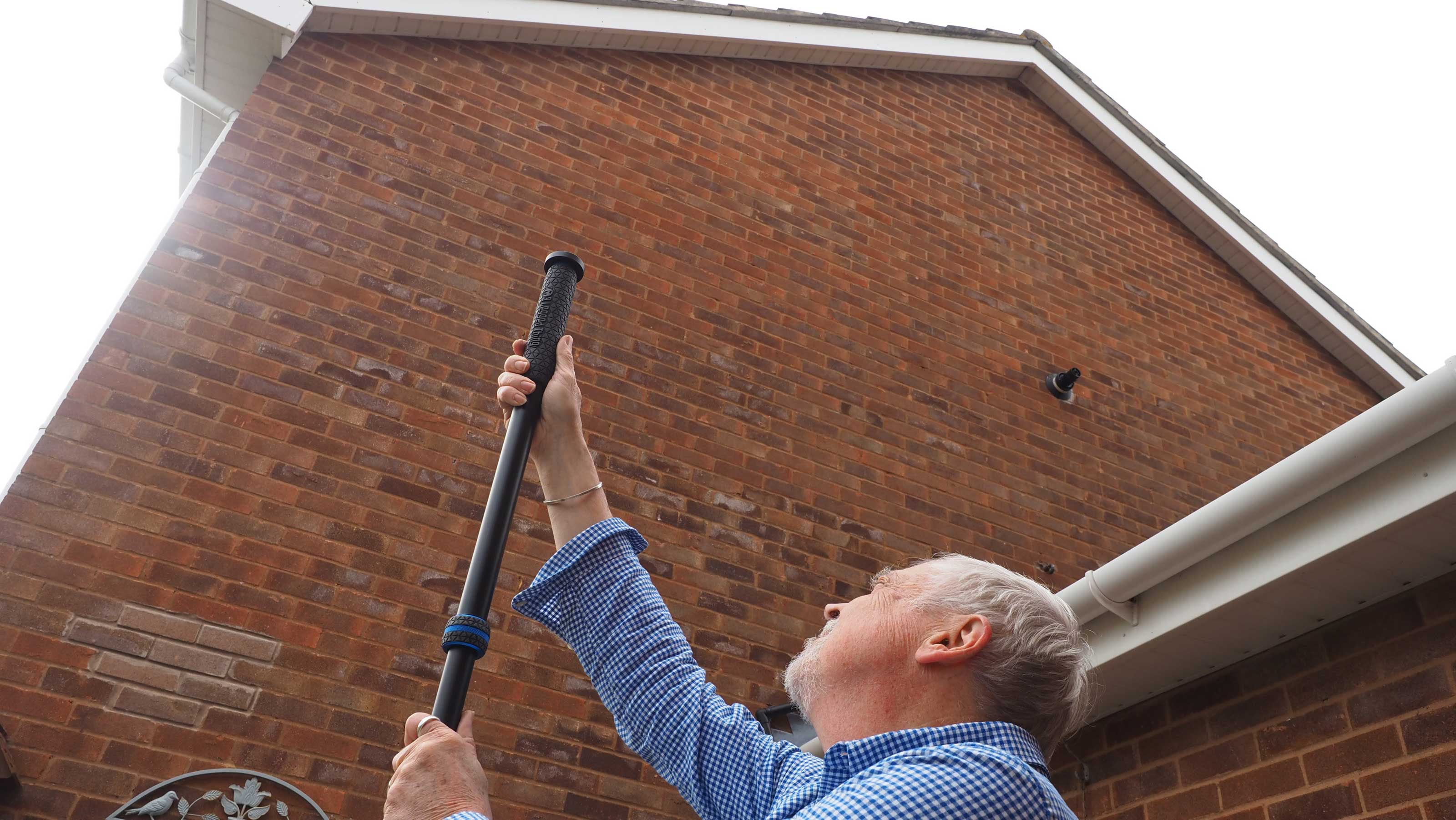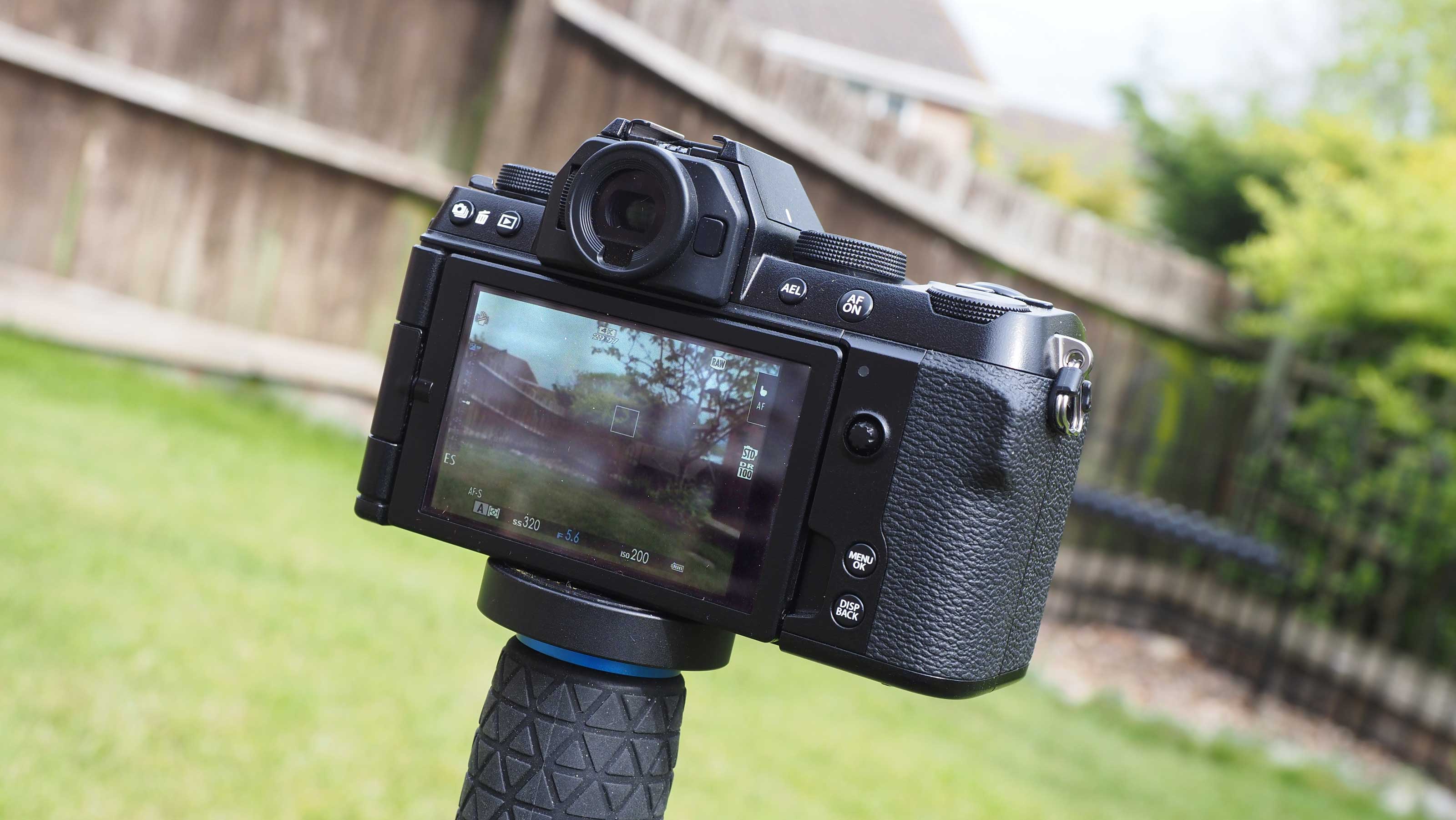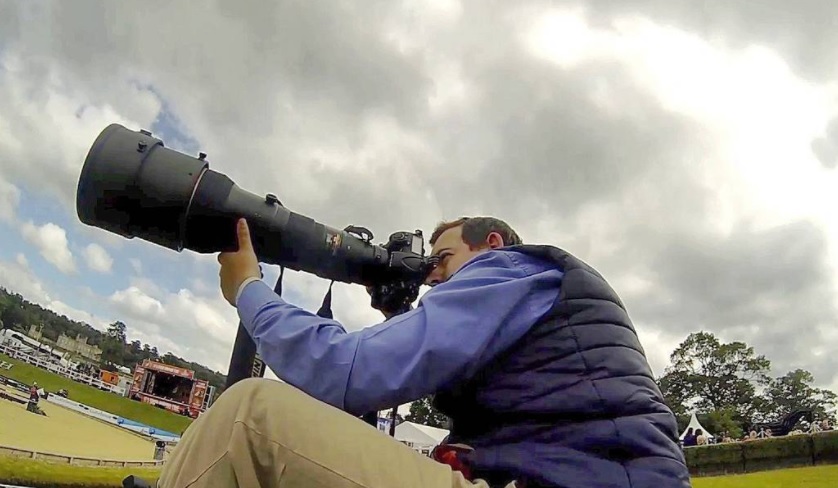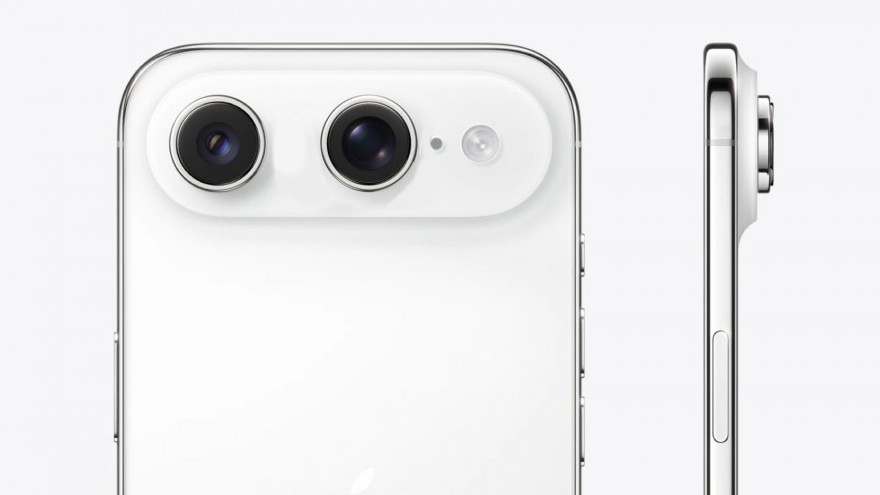We just had an argument about monopods: so who’s right?
Should monopods have a head or not? One of us thinks they should, the other thinks they’re an idiot

So I have in for review a 3 Legged Thing Punks Trent 2.0 magnesium alloy monopod. 3 Legged Thing is famous for its innovate camera supports, and this one is from its non-nonsense mid-range ‘Punks’ series.
For me it has two standout features (features can be good AND bad). One is the DocZ tripod foot set, which is the more expensive option (this monopod is sold either with or without the feet) and probably the one I would choose. The feet aren’t meant to replace a tripod – they don’t have enough spread for any kind of stability – but they do give you a very firm stance on uneven ground. And if they’re just getting in the way you can take them off and screw on the normal monopod foot.
But there’s no head on this monopod! (says me)
This is what I can’t get along with. You screw the camera straight on to the top of the monopod. How are you supposed to change the camera angle? How are you supposed to pan with your subjects? What if the ground isn’t level?
Admittedly, if you get the version with the DocZ feet they do provide some of the answers, with a clever ball and socket movement where they joint the foot of the monopod. Still, to me, a monopod without a head makes scarcely more sense than a tripod without a head. Yes, I could add one at my own expense (grr) but that hardly seems the point.
It turns out my opinion is not universal.
Sebastian Oakley is our Ecommerce Editor, and amongst his many talents are years of experience as a professional equine sports photographer, so if anyone ought to know about monopods it’s him. I suppose.
Of course there’s no head (you idiot) says Sebastian
Over the years I have been a massive monopod user when carrying my big prime lenses across rings, round massive cross-country tacks and Olympic venues, but I have never wanted to attach a head to my monopod or add extra "feet" to the bottom of it. It just makes no sense. Let me explain....
The best camera deals, reviews, product advice, and unmissable photography news, direct to your inbox!
I can see the "appeal" of having that little bit of extra foot support when mounting your expensive lens to what is theoretically a balancing stick in the ground, but you have to think of the practicality of it all.
If you're shooting sports, which I assume most of you would be when thinking of buying a monopod, they are all about quickness and ease of use, they are there to serve a purpose, to balance and support your lens effectively to make sure you get the shot.
Now, if you throw a head and feet onto your monopod, you now have two problems to deal with, extra items to think about, as well as hurrying to get the shot. If you're shooting soccer/football you might want to capture the action at multiple positions on the field, and having just a standard monopod means you can move with ease, throwing your prime lens over your shoulder and off you go to the next spot, pivot your lens down in one motion back to your eye and you're back taking photos.
If you have a head to deal with, you now have another contact point on your tripod mount/lens handle, rather than just a simple fixed screw point. The head might be able to handle some lenses with ease, but I would feel rather worried and scared to lift my lens over my shoulder and rely on that head to keep your big investment secure. After all, more parts means more to go wrong!
Likewise with feet attached to the bottom. My opinion is, if you want feet, get a tripod and be done with it. They offer superior stability over any foot-equipped monopod any day of the week.
As for "How are you supposed to change the camera angle?" well, each lens that has a tripod collar (some are now integrated as a handle too) can rotate 360 degrees, simply move your lens and camera combo up or down on the Y axis and your image is level, it takes two seconds, rather than dealing with a head that has a mind of its own when you unlock it, due to the weight of your equipment.
My final point about panning, which is a rather clever way of introducing the sense of speed of your subject within your images, goes back to my comment before, that a monopod is essentially a stick attached to your lens that connects to the ground – and you can turn 360 degree on the spot, as the monopod is at the centre of gravity.
Panning can be achieved by simply and efficiently swinging your camera from left to right or vice-versa when following your subject. If you are scared that you might not have enough support, when compared to a head or tripod feet, then place your left hand or arm across your lens and hold the lens on the lens hood, this then creates an added bit of stability to the whole setup, and guess what... its free!

Rod is an independent photography journalist and editor, and a long-standing Digital Camera World contributor, having previously worked as DCW's Group Reviews editor. Before that he has been technique editor on N-Photo, Head of Testing for the photography division and Camera Channel editor on TechRadar, as well as contributing to many other publications. He has been writing about photography technique, photo editing and digital cameras since they first appeared, and before that began his career writing about film photography. He has used and reviewed practically every interchangeable lens camera launched in the past 20 years, from entry-level DSLRs to medium format cameras, together with lenses, tripods, gimbals, light meters, camera bags and more. Rod has his own camera gear blog at fotovolo.com but also writes about photo-editing applications and techniques at lifeafterphotoshop.com
- Sebastian OakleyEcommerce Editor


